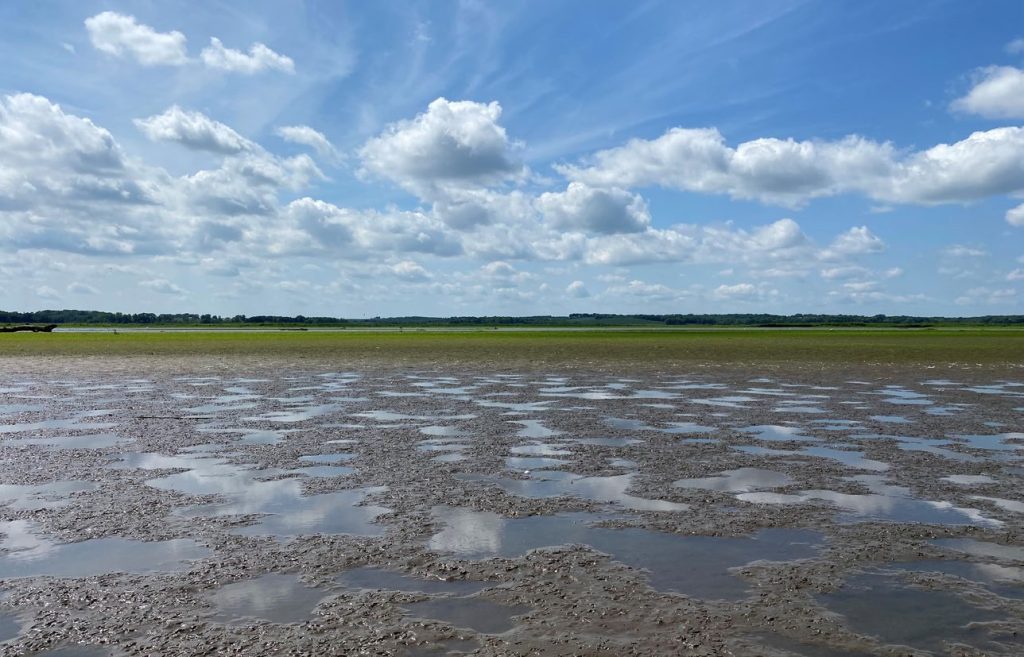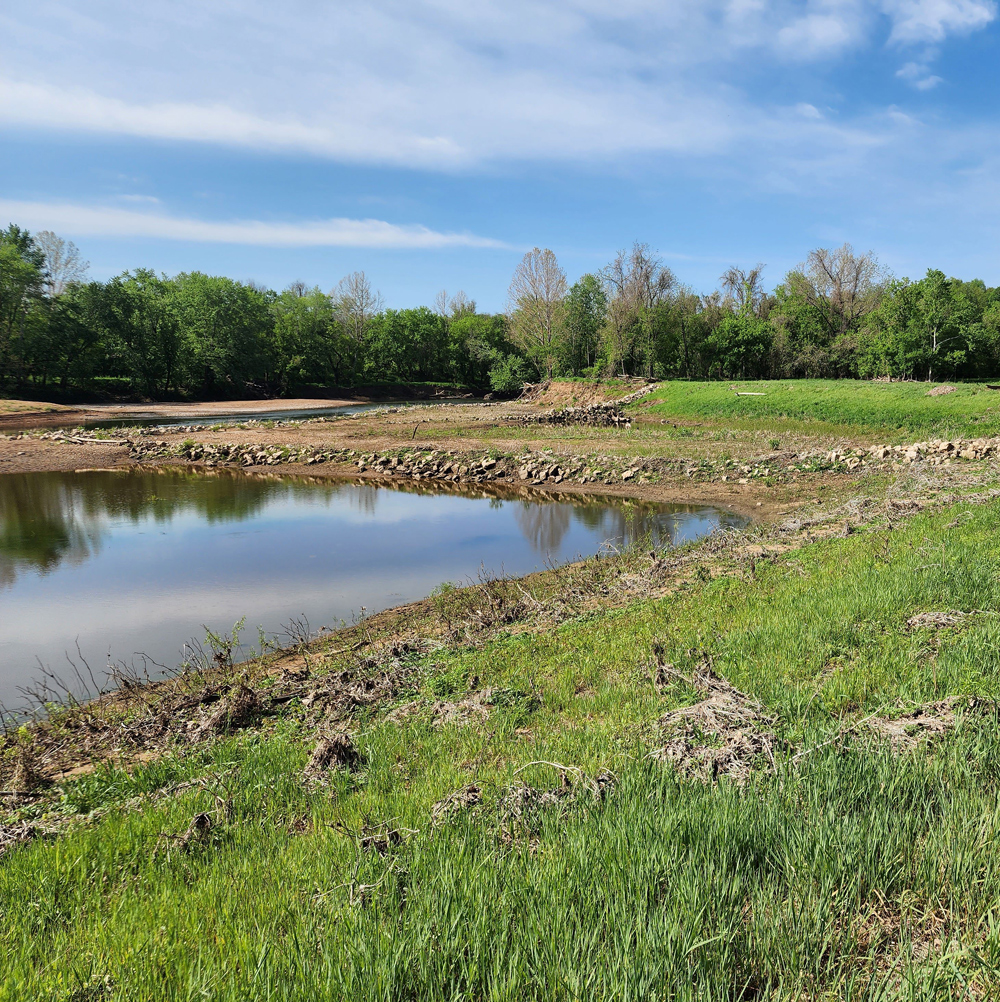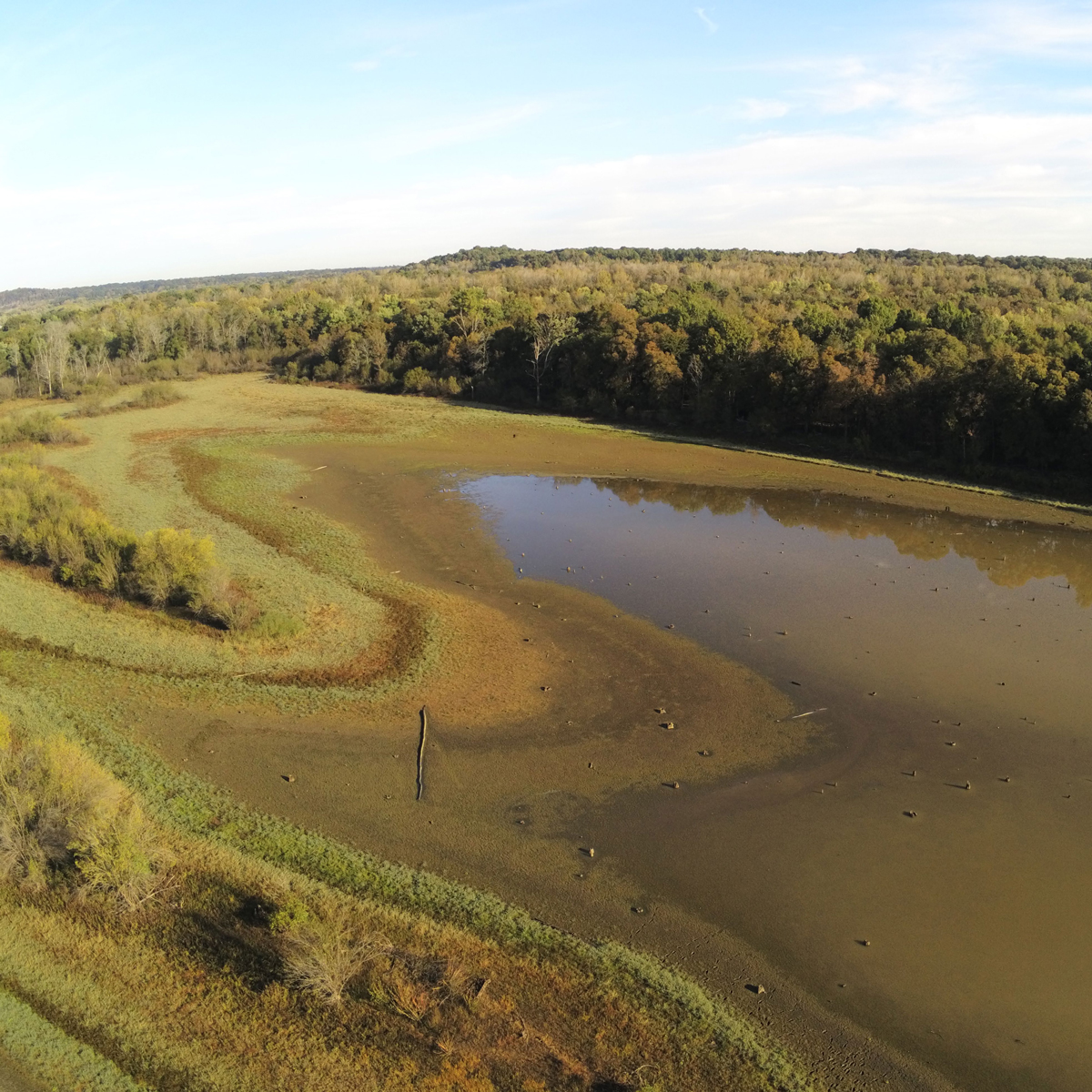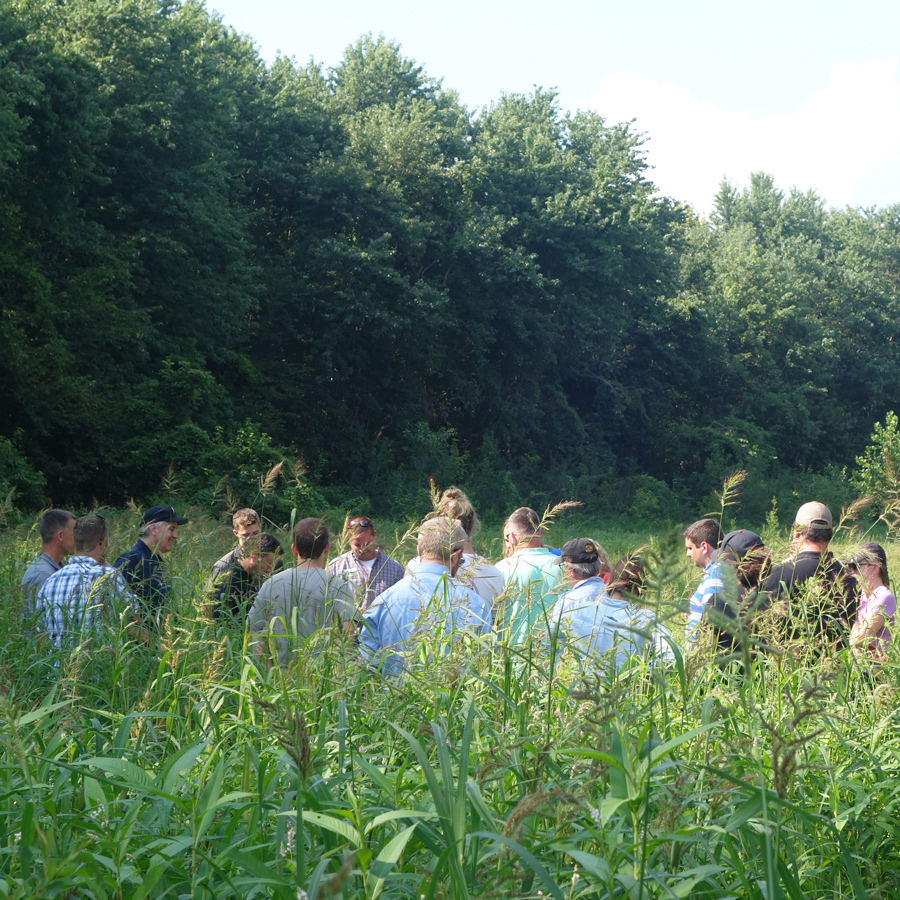This project is featured in Engineering With Nature: An Atlas, Volume 3.
Location: Iowa, United States.
Changing navigation infrastructure to improve water quality and fish and wildlife habitat. The Sustainable Rivers Program (SRP) is a national partnership between the U.S. Army Corps of Engineers (USACE)–Rock Island District and The Nature Conservancy (TNC) to improve rivers by changing dam operations to restore and protect ecosystems while maintaining or enhancing authorized uses. For USACE, SRP focuses on environmental opportunities at existing water infrastructures. The Des Moines River (DSMR) SRP sought to apply those goals on the river and at Lake Red Rock and Saylorville Lake, USACE reservoirs in Iowa on the DSMR, a tributary of the Mississippi River. Efforts include flood risk management, recreation, low-flow augmentation, water supply, and fish and wildlife management. DSMR has been active in the SRP since 2015 and has accomplished several projects that advance environmental water management principles. One of the first steps of the DSMR SRP was conducting a literature review and summarizing initial hypotheses and recommendations related to the natural and current deviations in durations, frequencies, and variances from one condition to another for a variety of environmental flow components (e.g., flood pulses and low and high flows).

Producing Efficiencies
The team developed an adaptive management and monitoring plan (AMMP) to address in-lake waterlevel management strategies and environmental flows downstream of the dams to support bird, fish, and mussel life cycles. Concepts from the AMMP were incorporated into management options for the revised Lake Red Rock Regulation Manual. Applying SRP on the DSMR allows reservoir and water control managers to use environmental pool (e-pool) and environmental flow (e-flow) to positively influence the lake or downstream from the dam, improving the aquatic environment. The AMMP achieves ecological benefits through minor modifications in the water regulation strategies of existing infrastructure without incurring additional operations costs.
Using Natural Processes
The project team sought natural aquatic management strategies, e-flows, and e-pool to improve water quality and reduce nutrients going into the lake. The team partnered with Iowa State University (ISU) to evaluate waterbird stopover ecology in the reservoir delta, including tracking shorebirds locally and globally. This work also included assessing vegetation and invertebrate responses to e-flows to further determine wildlife needs. The project also focused on the effects of e-flows on downstream fish and mussel dynamics and included a two-year field study on mussel assemblages and impacts from the Red Rock dam. ISU researchers sought to assess the effects of the experimental flows on fish reproduction in the lower DMSR, with results to be incorporated in an adaptive management framework.
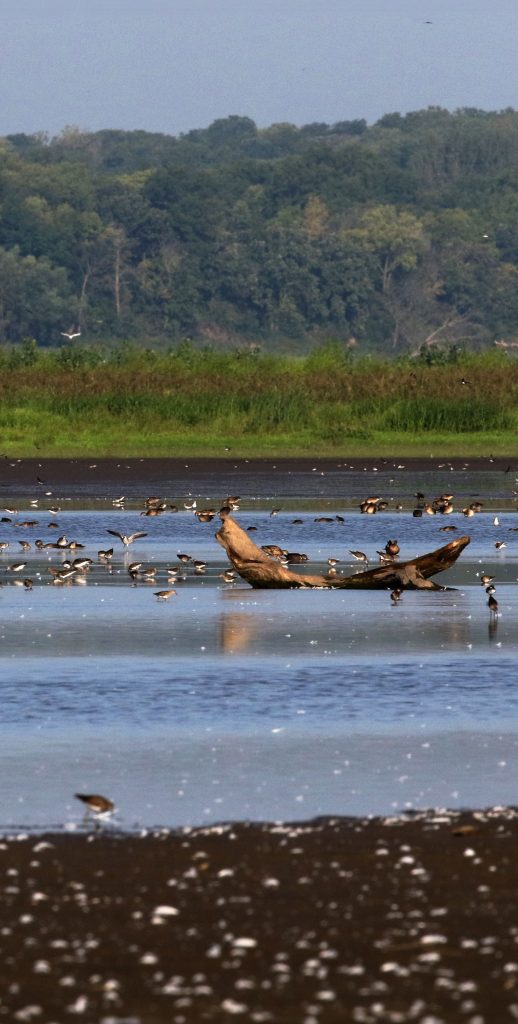
Broadening Benefits
DSMR SRP aimed to lower nitrate levels, reduce harm and improve conditions for various animal and fish species, minimize streambank erosion, and improve recreational conditions. Because revision of the reservoir’s water control manuals coincided with AMMP’s creation, three phases of the SRP process were performed sequentially at no additional cost. The manuals now include flexibility to adopt SRP prescriptions when practicable as well as seasonal conservation bands for pool and outflows to support aspects of the natural flow regime. The Iowa Geological Survey completed a literature review and sampling showing that the reservoir has reduced nitrates by 12.4%.

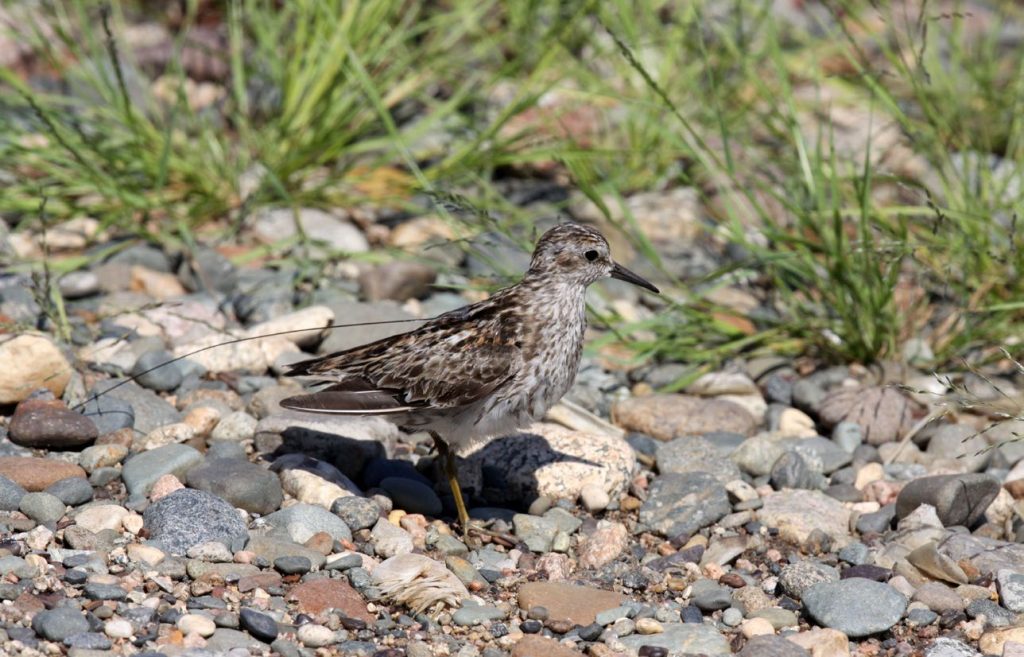
Promoting Collaboration
Collaboration with partners and stakeholders has been a hallmark of the DSMR SRP since its inception in 2015. In 2016, the SRP team hosted a stakeholder workshop for scientists, biologists, resource managers, and others from state and federal agencies, universities, and conservation-oriented private organizations. The team partnered with the Natural Resources Conservation Service and others to reduce nutrient inputs to the DSMR system. The project benefited from many other partnerships, including those with TNC, the U.S. Geological Survey, ISU, the University of Iowa, the Iowa Department of Natural Resources, and the Engineering With Nature program.
